Platelet Rich Plasma Therapy
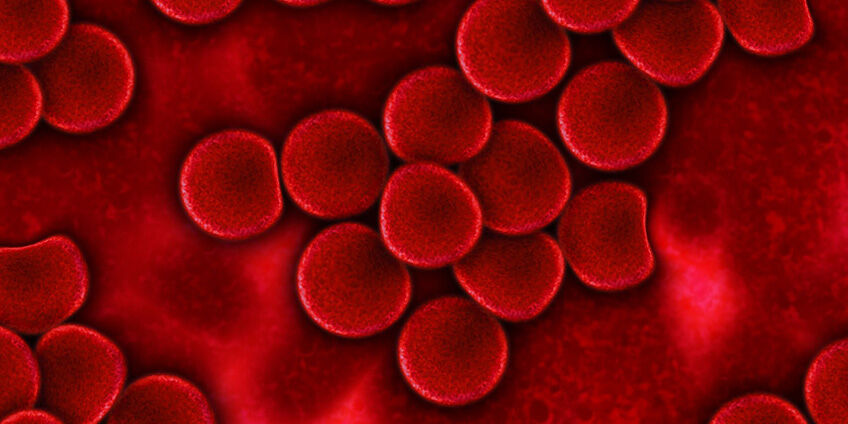
PRP or Platelet Rich Plasma Therapy is a relatively new therapy used to repair and regenerate tissue in the body (1). It was first used in 1987 to promote healing in dental, orthopedic and plastic surgery procedures (2). It has potential to treat both chronic and acute musculoskeletal injuries of the tendons ligaments and muscles (2).
In the United States, it is estimated that approximately 86,000 athletes are treated with PRP annually (3). Famous elite athletes such as Tiger Woods and Rafael Nadal have used PRP therapy to repair injuries. A study in 2017 states that even though the popularity of PRP is rising, its true effectiveness has yet to be fully established (3).
What is PRP exactly?
PRP uses a preparation of the person’s own blood (4). A solution of PRP is prepared by first taking blood from the patient. The blood is then centrifuged to allow for the separation of the various components based on the relative density. This allows for separation and collection of the platelet-rich plasma and not the other components of blood (3). By concentrating and separating the portion of the blood that has more platelets, the resulting liquid is packed full of potential for repairing tissues.
The repair potential of platelets stem from growth factors that can stimulate repair processes in the body. This high concentration of platelets in the PRP preparation provides a meaningful concentration of essential growth factors not found in normal blood. PRP contains a platelets concentration that is 4 -5 times higher than normal blood (3).
The increased concentration of platelets means an increased number of growth factors such as platelet-derived growth factor (PDGF), transforming growth factor beta (TGF-β), vascular endothelial growth factor (VEGF), and epithelial growth factor (EGF) (3).
To Read About Blog Topic, Scroll Down
Want To Work With Our Clinic?
Do you have a chronic or mystery illness that no one has been able to help you with? Are you simply wanting to re-connect with a healthier version of yourself? It’s Time To Finally Feel Better!
Applications & Effectiveness of PRP
PRP is used in many clinical situations such as orthopedics to treat musculoskeletal conditions, sports medicine, dentistry, dermatology, and other applications (1). The use and effectiveness of PRP in chronic diseases is controversial because patient outcomes only show partial improvements (1).
In the realm of orthopedics, some studies find that injecting PRP to the site of injury does not provide any significant benefit in clinical outcomes; however, many others report the opposite conclusion (3).
Thus far, the evidence appears to suggest that PRP may provide benefit in patients with knee osteoarthritis or elbow injuries. Other uses have either shown minor benefit or not shown benefit or there has been insufficient data to know whether PRP is helpful (3).
Because of the mechanisms of increased growth factors, many athletes and progressive clients are choosing to experiment with PRP in joints and for cosmetic applications. Because PRP is minimally invasive when compared with conventional alternatives like surgery, its popularity is increasing.
For these reasons, PRP therapy is being used in many different types of musculoskeletal applications despite the fact that carefully controlled studies for these different applications do not exist (2). The success of PRP in one type of injury may not translate to other injuries but the hope and expectation is that it will.
- One study from January 2019 found that PRP appeared to be safe and effective in reducing back pain. It admitted that although the clinical evidence of tissue repair of disc-related back pain by PRP treatment is currently lacking, there is a great possibility that the application of PRP has the potential to lead to a feasible therapy for the treatment of degenerative disc diseases (5).
- Another study from Feb 2019 looked at the application of PRP therapy in osteoarthritis and concluded that clinical effectiveness of PRPfor knee osteoarthritis treatment is still under debate (6).
- PRP injections into worn out or partially torn tendons in tennis elbow has been effective for the majority of patients (2).
Anecdotal and clinical evidence suggests that, at best, PRP therapy does work and, at worst, has no effect. PRP is an alternative to the other options; cortisone injection, surgery, or no treatment except pain medications or physical therapy (2). In many cases, the potential benefits outweigh the risks (2).
How Long is the Recovery from PRP?
Most people can resume their normal activities soon after having a PRP injection. Recovery time may take a few weeks depending on the precise injury and circumstances, location of the injection and age of the patient. It may take up to 3- 6 months to see the full benefits of PRP, as the cells at the injection site require time to regenerate and heal the tissue involved.
What is the Investment?
The investment for PRP injections vary depending on where the injection is administered, the skill level of the practitioner administering the injection, and how many injections are recommended. One study found an average of approximately $840.00 USD for a single PRP injection (3). Currently, PRP therapy is not covered by medical insurance. This may change with time and more research studies on PRP and its effectiveness. Often a series of 3-6 injections is recommended for certain issues. For individuals facing the alternatives of either surgery, chronic debilitating pain, or the inability to perform in a sport, the investment is often well worth the potential for benefit (hence 86,000 US athletes opting for PRP injection every year) (3).
Are there Side Effects?
Complications of PRP injection are extremely rare. Because PRP is derived from the patient’s own blood, it would be extremely unlikely to have an allergy or immune reaction (2). Side effects of PRP should be minimal; such as irritation, pain, or bleeding related to the injection site. The main risks include local infection (< 1% chance) and pain at the site of injection (2). Nerve injuries or tissue damage at the injection site are possible, but this would be more likely to result from the skill of the doctor than from the PRP therapy.
How to Find out More
If you live in Colorado or are willing to travel to the Greater Denver Area, please book a discovery call with our clinic to find out more about PRP injections. You can also call or text “PRP Info” to 720-722-1143.
Book My Free Phone Health Evaluation Functional Medicine Certification for Clinicians
References
- Andia I, Abate M. 2018. Platelet-rich plasma: combinational treatment modalities for musculoskeletal conditions. Front of Med. April 2018, (12):139-152.
- Stanford School of Medicine, Stanford University medical Centre Dept. of Radiology. Platelet Rich Plasma (Prep) Injection – Information and Instructions for Patients. file:///C:/Users/New%20Owner/Downloads/petctscan-pdf-prpbeaulieuletter.pdf. Accessed May 20, 2019.
- Hussain N, Joha H, Bhandari 2017. An evidence-based evaluation on the use of platelet rich plasma in orthopedics – a review of the literature. SICOT J. 2017; 3: 57. doi: 10.1051/sicotj/2017036
- Wu PI, Diaz R, Borg-Stein J. 2016. Platelet-Rich Plasma. Phys Med Rehabil Clin N Am. Nov 2016. Doi: 10.1016/j.pmr.2016.06.002.
- Akeda K, Yamada J, Linn ET, Sudo A, Masuda K. 2019. Platelet-rich plasma in the management of low back pain: a critical review. Jour. Of Pain Res. 2019:12 pp. 753-767. Doi: 10.2147/JPR.S153085
- Gato-Calvo L, Magalhaes J, Ruiz-Romero C, Blanco FJ, Burguera EF. 2019. Platelet-rich plasma in osteoarthritis treatment : a review of current evidence. Ther Adv Chronic Dis.2019 Feb 19;10:2040622319825567. doi: 10.1177/204062231982556
Are You Suffering From A Chronic Illness?
Does your current health situation look like this…
- Do you feel that you have tried many things and either nothing works, or the treatment does not hold?
- Have you been told that there is nothing that can be done to reverse your illness and you just need to manage symptoms?
- Does your illness impact your work, your family, your happiness and your social life?
We specialize in finding answers and solutions for complicated chronic illness when people feel like they have tried everything. If this sounds like you, book a free call with us to see if we are the right fit for your health goals.
Dr. Miles has spoken for the following organizations:

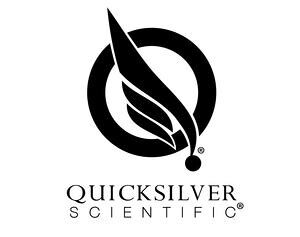








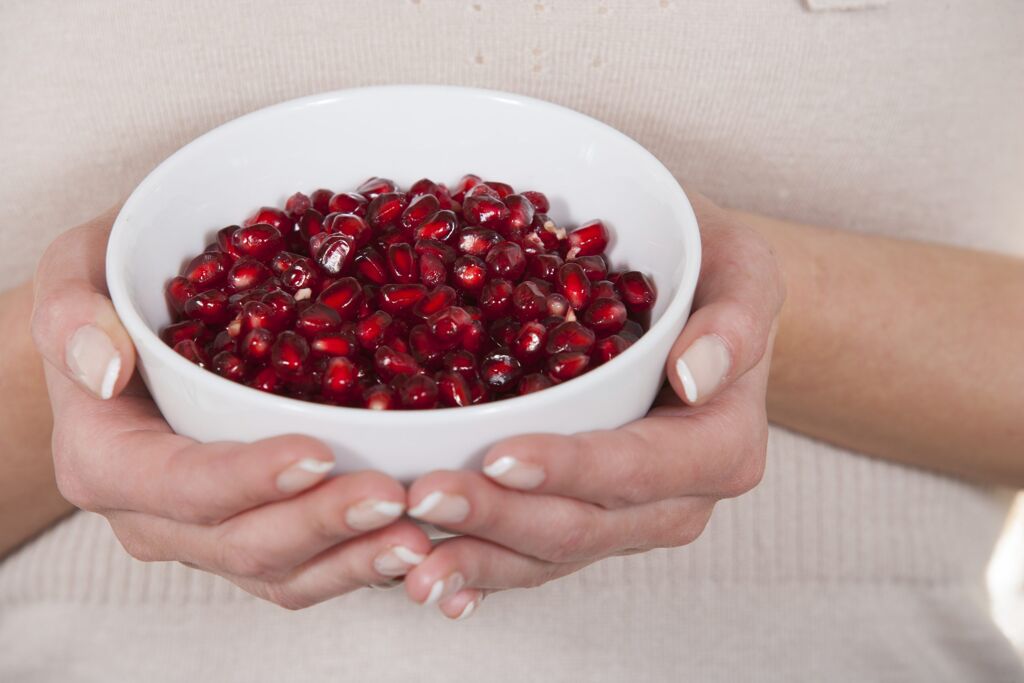
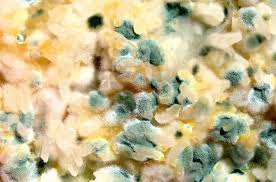



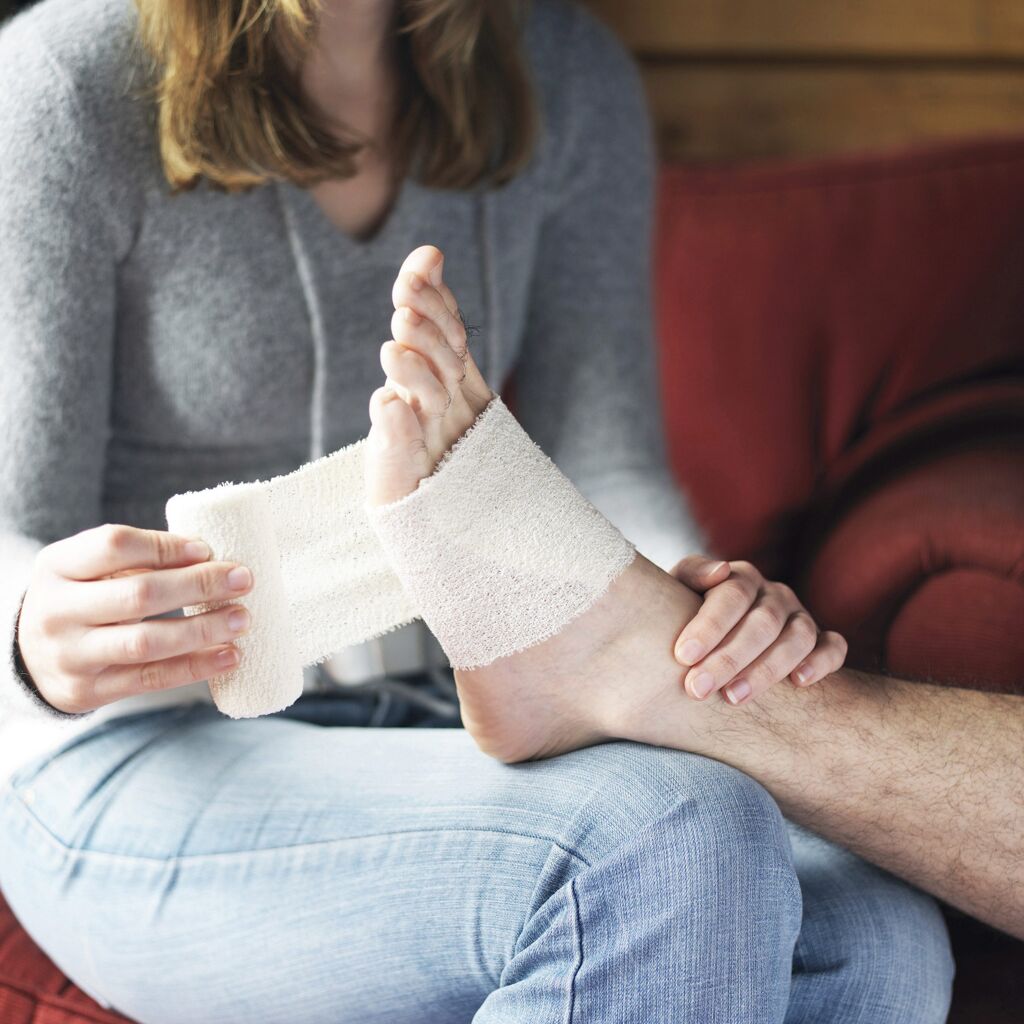
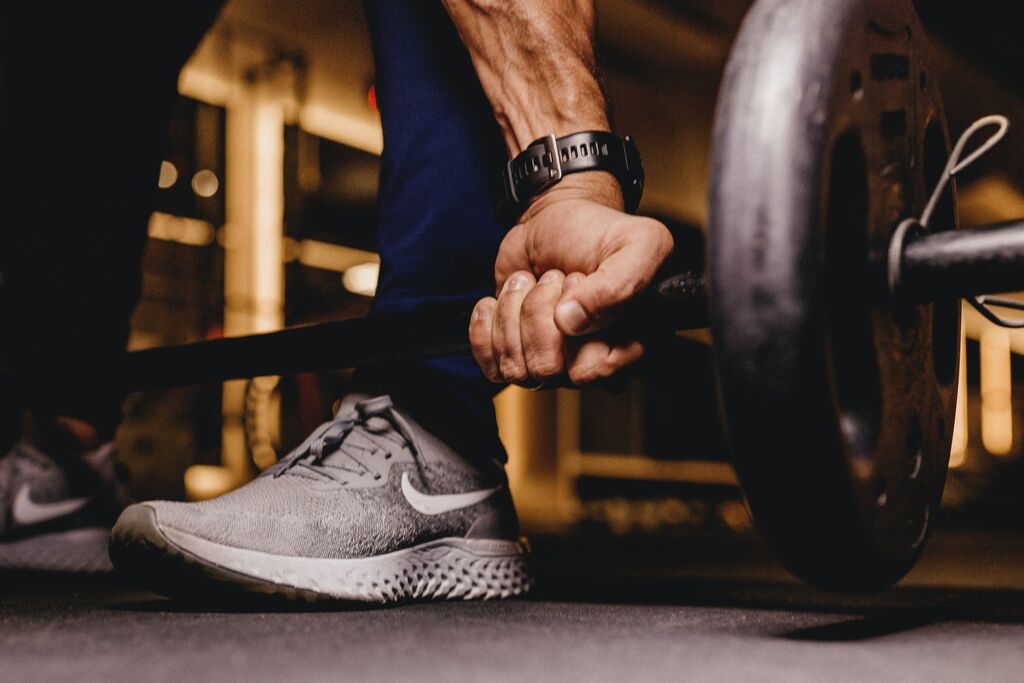

I liked that you mentioned that most people can resume their normal activities soon after having a non operative platelet rich plasma therapy injection. I’ve been dealing with a lot of back pain and other treatments haven’t really helped much. I would love to get in touch with a medical professional and see how prp might work for me.
If you are in the Greater Denver area, this service is offered at the Living Love clinic. Call us at 720-722-1143 or click the link to book a discovery call to chat with one of our staff for more details.